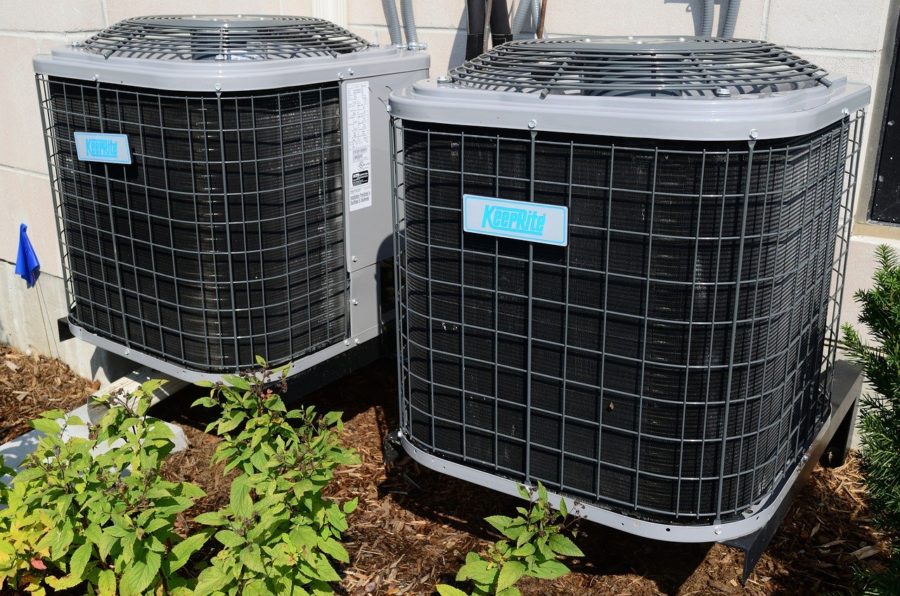Republican and Democratic lawmakers have been negotiating a proposal within a senate energy bill that would result in an 85% cut to hydrofluorocarbon greenhouse gas emissions by 2035.[1] Hydrofluorocarbons (HFCs) are commonly used in refrigeration, air-conditioning, building insulation, fire extinguishing systems, and aerosols.[2] The American Energy Innovation Act (AEIA) is a bipartisan energy innovation bill targeting investment in clean energy technologies.[3] The bill’s proposed HFC amendment is a legislative response a 2017 federal court ruling striking down 2015 EPA regulations on HFCs.[4]
Despite general bipartisan support, the bill encountered hurdles related to HFC reduction and failed to move forward in March.[5] The addition of HFC provisions to the AEIA resulted in contentious negotiations that stalled the bill, but a bipartisan agreement was reached on September 10.[6] The HFCs amendment to the AEIA authorizes a 15-year, 85% phasedown of HFCs[7] and addresses a myriad of concerns voiced during negotiation, such as exemptions for HFC “essential uses” and the creation of 150,000 jobs through alternative manufacturing.[8]


